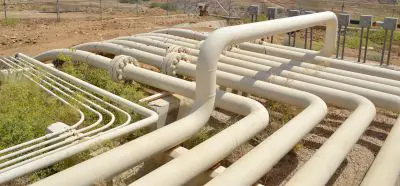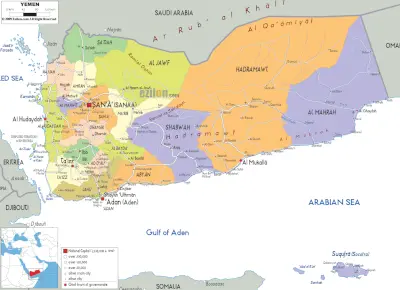Ethylene Prices in Yemen
Yemen is located in southwest Asia and south of the Arabian Peninsula, the capital of which is the beautiful city of Sanaa. Ethylene can be used in the industries of polymerization, synthetic fibers, softening, solvents, antifreeze and alcohol. Trade balances in Yemen are about 14% higher than before, and growth in this area is considered acceptable. Ethylene is widely used in the plastics industry
Add your import and export orders to this list
Warning: Undefined variable $formTitle in /home/anbar/domains/anbar.asia/anbar/inc/html/desktop/orderform.php on line 10
Warning: Undefined variable $marketName in /home/anbar/domains/anbar.asia/anbar/inc/html/desktop/orderform.php on line 12
Warning: Undefined variable $location in /home/anbar/domains/anbar.asia/anbar/inc/html/desktop/orderform.php on line 12
If you want to trade in the , please join in Anbar Asia. Your order will be shown here, so the traders of contact you

Estimates show that the revenue situation in Yemen in 2019 grew by about 12 percent. The first synthesis of ethylene gas compounds (dichlor and ethane) was performed in 1795 by a Dutch chemist. Sanaa is one of the most important cities in Yemen, which has grown a lot in terms of work as beautiful city in the field of tourism. Total production of 22% of the world's ethylene is carried out in the Middle East
- Yemen Polybutadiene Market
- Yemen resin Market
- Yemen Ethylene Market
- Yemen Acrylonitrile Butadiene Styrene Market
- Yemen Styrene Butadiene Rubber Market
- Yemen Nylon Market
- Yemen Polypropylene Market

In 1795, ethylene gas was called olefin gas. The first synthesis of ethylene gas compounds (dichlor and ethane) was performed in 1795 by a Dutch chemist. In the middle of the 19th century, because C2H4 had a lower hydrogen than C2H5 ethyl, suffixes (ene) of Greek origin were added to the end of ethyl, and after that olefin gas is called ethylene gas.
Read More ...
Yemen has several climates. Western Yemen benefits from monsoon rains, which fall mainly in late spring and at the end of summer. Most of the rain falls in the mountains, with an annual maximum of a 1,000 millimetres in the southern mountains, decreasing gradually to an average of 400 millimetres in the northern mountains.
Read More ...
